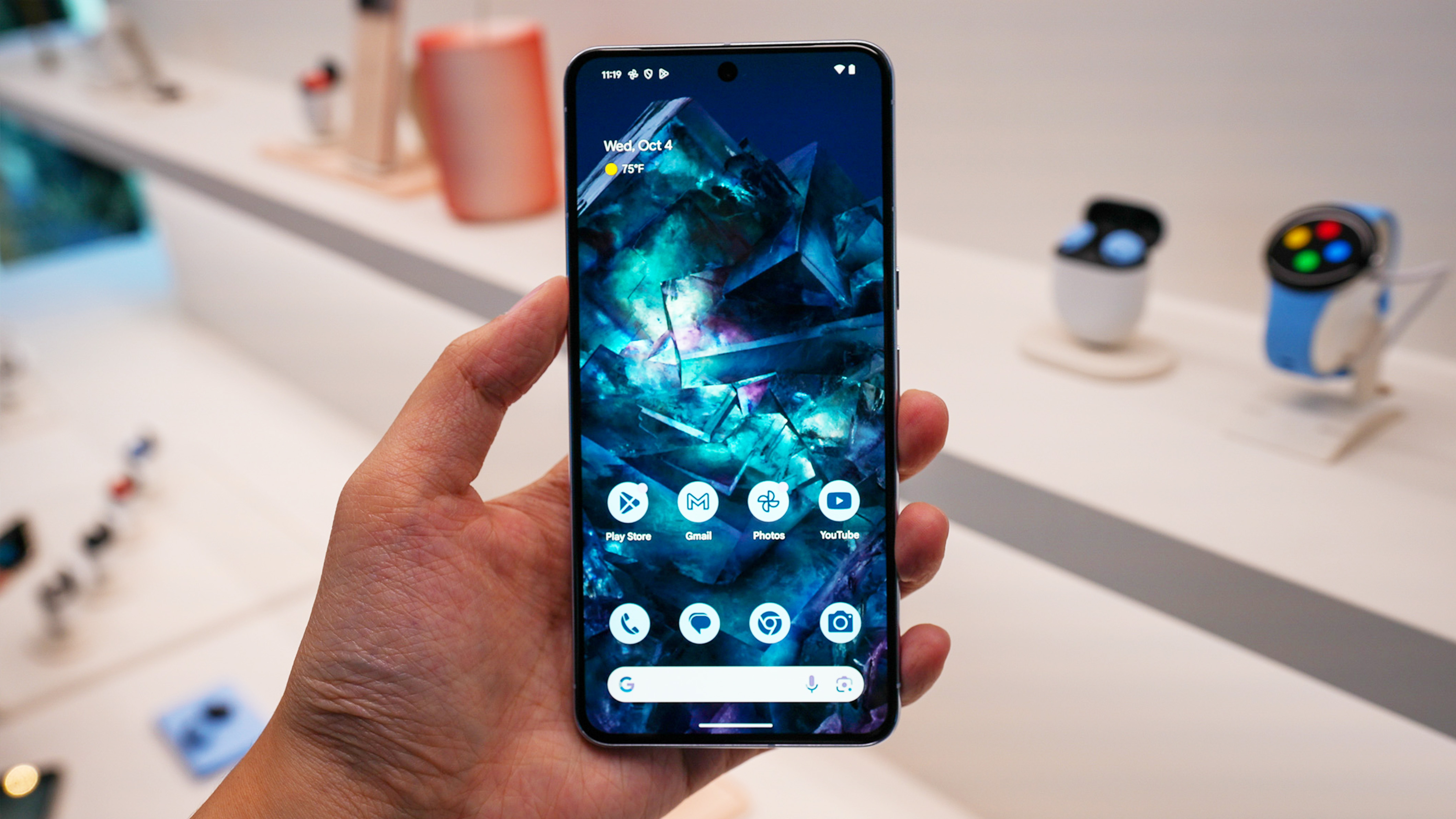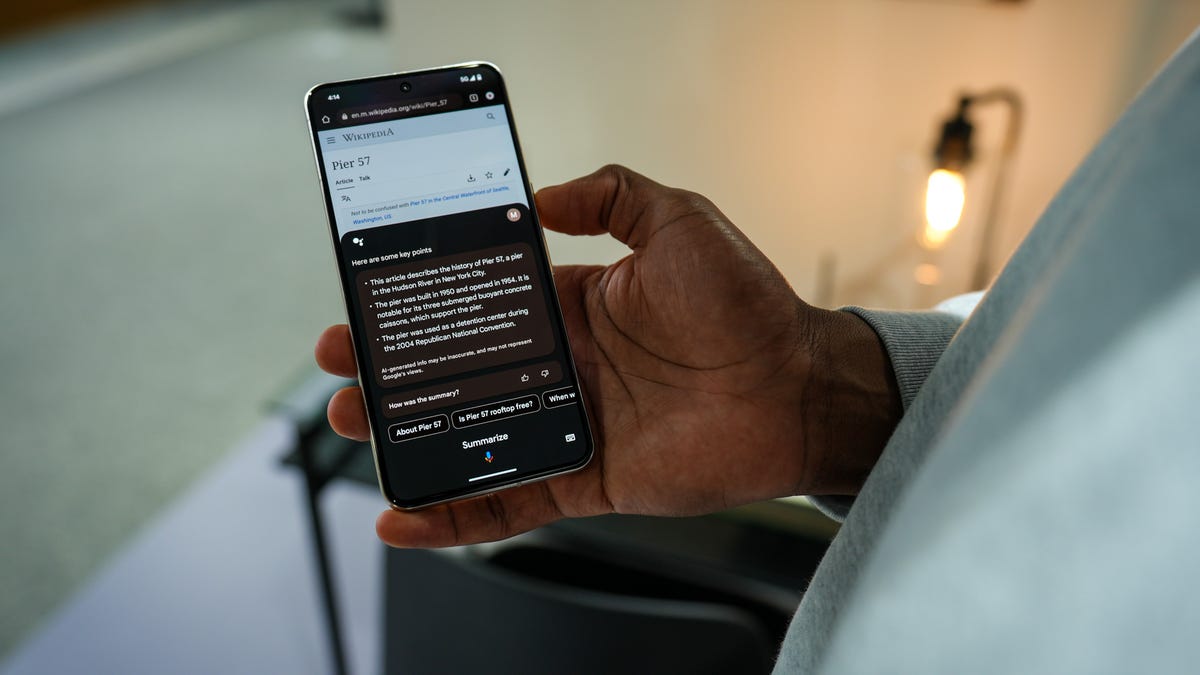Thanks to AI, the Google Assistant becomes the Windows Co-pilot for Android
Picture: June Wan/ZDNET.
Until a few years ago, voice assistants were the pinnacle of artificial intelligence. But the rise of generative AI has almost made them obsolete. And despite necessary updates, Google has somewhat neglected its assistant to devote itself to more ambitious projects – such as its Google chatbot Bard.
Until today anyway. On the occasion of the Made by Google event, which was held last Wednesday, the web giant finally put its assistant back on the front of the stage, announcing new AI-based features that should allow it to expand its user assistance capabilities. A way to distinguish it from its competitors available on other smartphones.
If you missed the event, here is a round-up of these novelties.
Assistant with Bard
The biggest announcement of the event: the Google Assistant will use Bard to make it possible to personalize its assistance even more.
With this update, the Google Assistant will no longer be limited to voice commands. It will be able to help users complete tasks thanks to a better knowledge of the context, from understanding text and images on the screen to processing audio clips.
For example, Google claims that its improved assistant will be able to help you plan your next trip, for example by sorting your email inbox, performing tasks in Google Docs or simply writing a text from an image.
In the demonstration, the user asks where his friend’s party is taking place. The Google Assistant Bard quickly gives him the address, which he finds by collecting relevant information from his emails.
Even more AI on Android
The capabilities of the Google Assistant with Bard will be integrated even better on Android devices, allowing more contextual experiences. The conversational overlay function of the assistant will be able to use visual cues to provide users with the answers they need, and this in various use cases.

Image: The Tensor G3 chip of the Pixel 8 series equips the terminals with several exclusive AI features. Picture: June Wan/ZDNET.
The Google Assistant with Bard will be available for iOS and Android users in the “next few months”.
It will soon be offered to the first testers to gather feedback in order to improve the product before its general availability. It is not yet known how to become part of the testers, but Google recommends “staying tuned” to learn more.
More natural voice commands
Google has also tackled one of the biggest flaws of voice assistants: their inability to understand us when we speak normally. This problem forces the user to think about his way of speaking, or even to speak in a robotic way to make himself understood.
Now Google’s voice assistant understands more natural conversations more easily. He should even be able to use tics of language such as “hum” without including them in his transcription.
It will also be possible to dictate your message twice as fast, the usual delay between the moment the user speaks and the moment the assistant processes the message being deleted.
Call optimization
The Google Assistant will also optimize your phone calls thanks to the Pixel Call Assistant, which will even be able to answer calls for you (sort of).
Thanks to this new feature, when a call is initially filtered, the Google Assistant can listen to the person speaking and suggest automatic answers based on the context of the call. You then select an answer and the Google Assistant uses a natural and realistic voice to answer your interlocutor.
For example, if your doctor’s office calls to confirm an appointment, the assistant can generate an option allowing him to say “Yes, I will be there”, if you have selected this answer, without you having to open your mouth.
The Google Assistant has also been optimized to detect and filter more unwanted calls.
Summary and reading
Finally, to help you navigate the internet, the Google Assistant can summarize web pages in a few key points, read them aloud, or even translate them for you.

Picture: June Wan/ZDNET.
The possibility of having the Google Assistant read a web page may not seem revolutionary, but you should know that the AI allows it to detect which elements of the page are logos, and which elements are advertisements. Thus, when the Google assistant reads your web page to you, these elements are ignored.
The short demonstrations carried out during the event impressed us. In particular the fluidity of the reading, which sounds more like an audiobook than the voice of a generic robot.
Source: ZDNet.com








